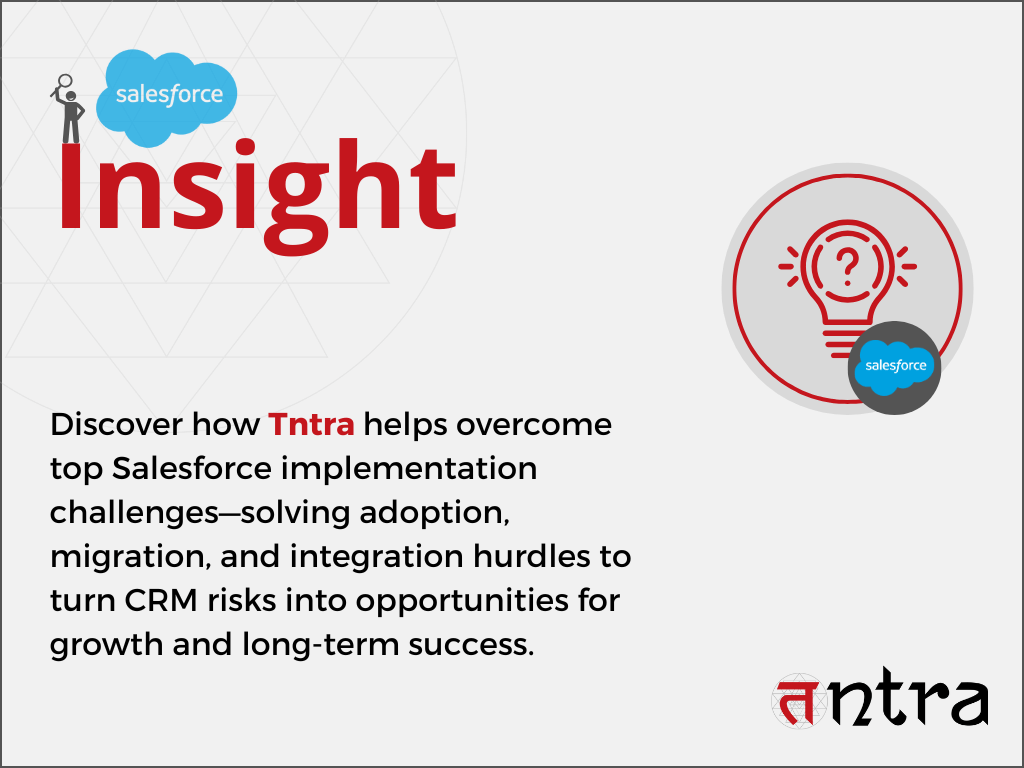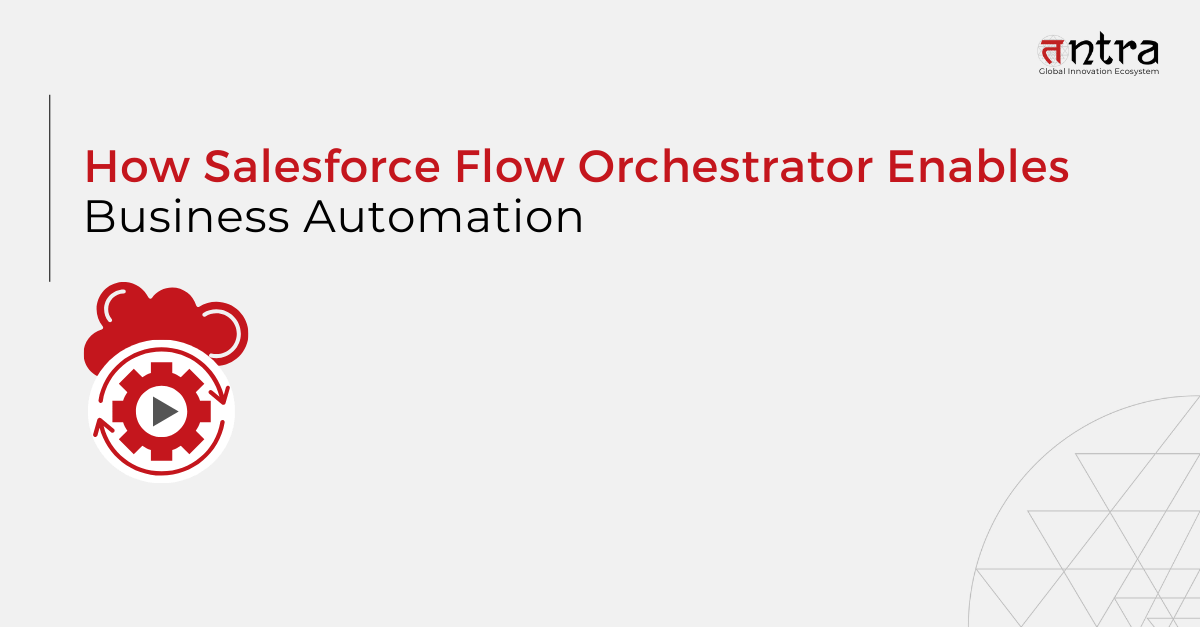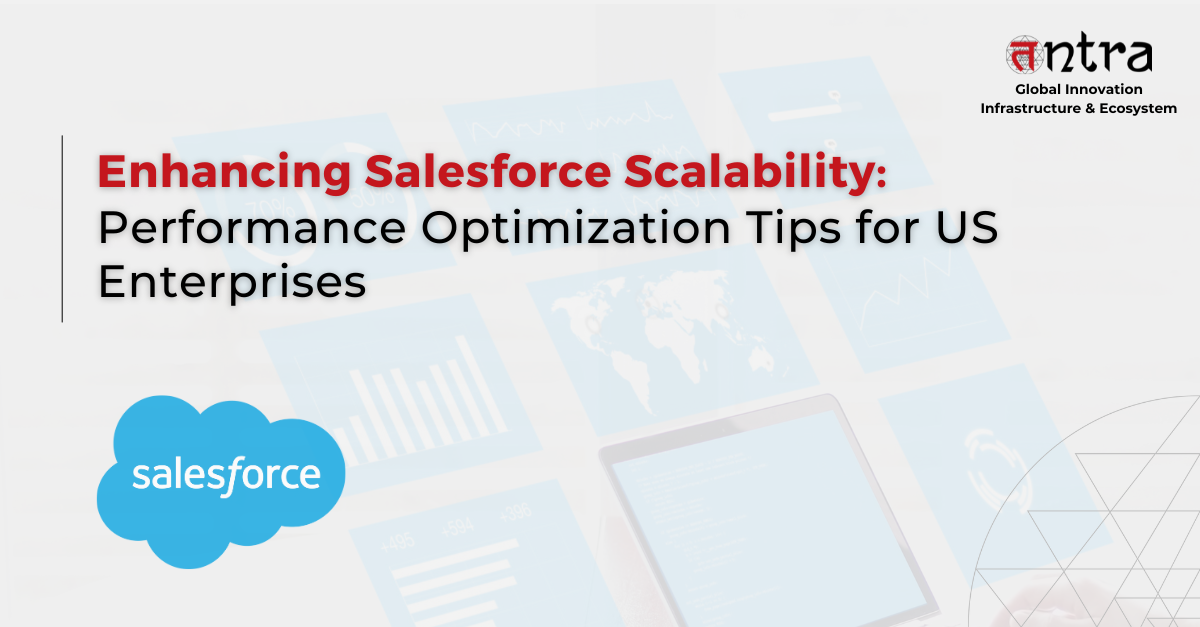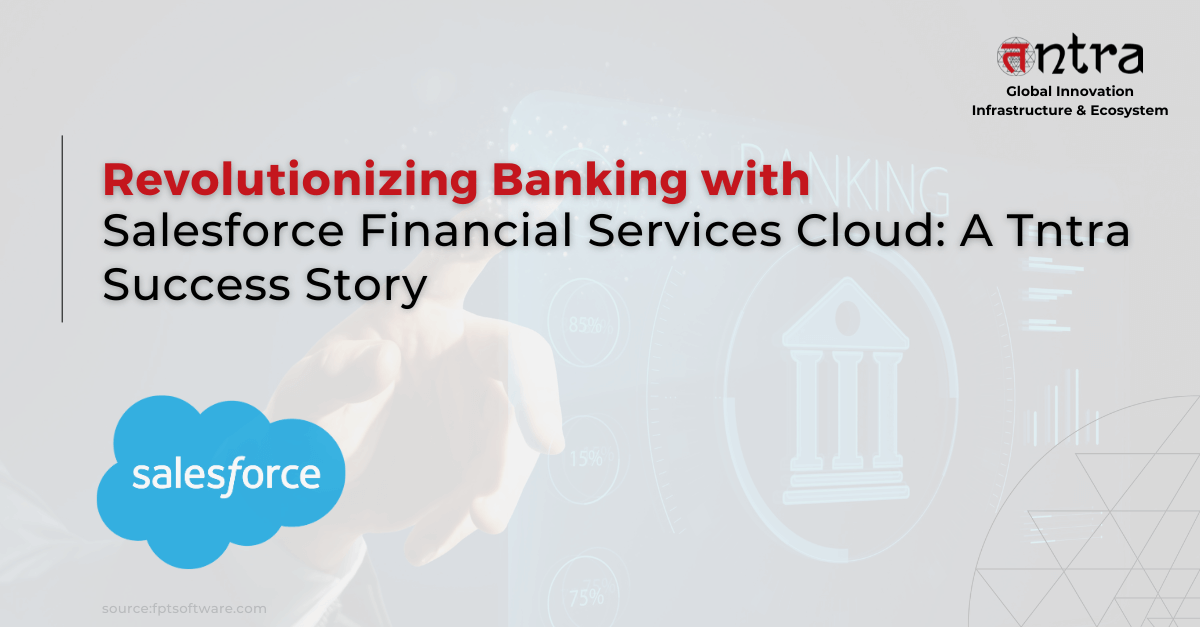
7 Biggest Salesforce Implementation Challenges and How to Overcome Them
Table of Contents
ToggleSalesforce is powerful, but its CRM implementation challenges—such as unclear objectives, poor data migration, user resistance, and integration gaps—can make success difficult. The good news is that each of these hurdles has a clear solution. By aligning goals, cleaning data, involving users early, and following Salesforce best practices, businesses can turn potential risks into opportunities for growth.
This article explores the top Salesforce implementation challenges, common problems, and proven solutions—helping you avoid project risks and transform your CRM journey into sustainable success. Continue reading to learn more.

Understanding Salesforce Implementation Issues
Rolling out Salesforce sounds like a dream come true. After all, it’s the world’s leading CRM platform, powerful, customizable, and designed to transform customer relationships. But if you’ve ever been involved in a Salesforce CRM implementation, you already know the dream often comes with growing pains.
Between misaligned expectations, data headaches, and user pushback, Salesforce implementation challenges are real. The good news? Every challenge has a solution, and when tackled correctly, Salesforce becomes the backbone of customer growth, not a stumbling block.
In this article, we’ll explore the top seven Salesforce implementation problems, why they happen, and the practical steps you can take to overcome them. Think of it as your Salesforce implementation roadmap for avoiding project risks and ensuring long-term success.
1. Lack of Clear Business Objectives
One of the biggest Salesforce implementation problems isn’t technical, it’s strategic. Too often, companies jump into Salesforce because “everyone else is doing it,” or because leadership expects magic overnight. The problem? Without clear business objectives, your teams don’t know what success looks like.
- Is your goal to improve lead conversion by 20%?
- Are you aiming to reduce service response times?
- Or are you trying to unify sales, service, and marketing under one platform?
Without answers to these, your Salesforce deployment can feel like shooting in the dark.
Solution:
Start with business goals, not features. Define measurable outcomes before you even start configuring Salesforce. This helps you align customization, training, and adoption with actual results. Document these goals and revisit them throughout the project.
Think of it as a compass, every decision, from integrations to workflow design, should point back to your business objectives.
2. Data Quality and Migration Issues
If Salesforce is the brain of your customer operations, data is the fuel. And if that fuel is contaminated, your entire engine sputters. Dirty, inconsistent, or duplicate data is one of the most common Salesforce migration issues and a top cause of poor adoption.
Organizations often underestimate how messy their existing data really is. Spreadsheets, legacy CRMs, and disconnected tools mean that when you try to load data into Salesforce, you get duplicates, inaccuracies, or incomplete records.
Solution:
Data cleanup is non-negotiable. Before migration, audit your existing data. Deduplicate, standardize formats, and validate critical fields. Tools like Salesforce Data Loader or third-party ETL platforms can help.
It’s also important to set ongoing governance rules. Decide who owns data quality, how often records are cleaned, and what validation rules must exist inside Salesforce. That way, you avoid solving the same Salesforce migration problems repeatedly.
3. User Resistance and Adoption Challenges
Here’s the human side of Salesforce adoption challenges: your team. Even if you’ve invested millions into Salesforce, if users see it as extra work instead of a tool that helps them, adoption plummets.
Resistance usually stems from:
- Lack of proper training.
- Complex user interfaces.
- Misalignment between workflows and real-world sales/service processes.
- “Shadow systems” like spreadsheets that employees continue using.
Solution:
Adoption isn’t just about training; it’s about change management. Involve users early in the design process so they feel ownership. Customize Salesforce around their workflows instead of forcing them into rigid templates.
Then, invest in role-based training. Sales reps don’t need the same view as service agents. Managers need dashboards, while front-line users need simplicity. Celebrate quick wins, when users see Salesforce saving them time or helping them close deals, adoption follows naturally.
4. Over-Customization and Complexity
Salesforce is incredibly flexible, that’s its strength. But it’s also a trap. Many companies fall into the “customize everything” mindset, turning Salesforce into a Frankenstein monster of fields, objects, and workflows that no one understands.
This creates long-term Salesforce implementation issues, such as:
- Slower system performance.
- Higher maintenance costs.
- Confusion for new users.
- Difficulty upgrading when Salesforce rolls out updates.
Solution:
Follow Salesforce best practices: customize only when truly necessary. Start with out-of-the-box features like standard objects, reports, and automation. Add customization gradually, only to address gaps that directly tie to business goals.
Document every customization, so future teams understand the “why” behind decisions. And always test changes in sandboxes before moving to production. Less is often more when it comes to Salesforce.
5. Integration Gaps
Salesforce doesn’t exist in a vacuum. Sales, marketing, finance, and service teams all rely on multiple tools. One of the most overlooked Salesforce rollout challenges is integration.
Disconnected systems lead to:
- Reps manually entering the same data in two places.
- Incomplete customer profiles because data sits in silos.
- Poor reporting because Salesforce doesn’t pull the whole picture.
Solution:
Plan integrations early. Identify critical systems, ERP, marketing automation, customer support, and map how data flows between them. Use Salesforce APIs, middleware like MuleSoft (owned by Salesforce), or third-party integration tools to create seamless data exchange.
When done right, integrations turn Salesforce into a single source of truth instead of just another silo.
6. Inadequate Testing and Deployment Challenges
Another big Salesforce deployment challenge? Rushing to go-live without proper testing. Companies often skip thorough testing because of deadlines, leading to common Salesforce problems like broken workflows, missing fields, or inaccurate reports once the system is live.
Solution:
Adopt a phased deployment strategy. Test every customization, integration, and automation in a sandbox environment. Involve end users in UAT (User Acceptance Testing) to catch issues early.
Don’t underestimate load testing, especially if you expect high user volumes. And remember: go-live isn’t the finish line. Post-deployment monitoring and support are just as important to ensure smooth adoption.
7. Poor Change Management and Communication
Perhaps the most underestimated of all Salesforce project risks is the human factor: communication. Teams often assume that once Salesforce is live, everyone will automatically adapt. Instead, poor communication results in confusion, low adoption, and frustration.
Solution:
Treat Salesforce implementation as a cultural shift, not just a tech upgrade. Communicate the “why” clearly: how Salesforce will help individuals, not just the company. Share timelines, expectations, and training opportunities openly.
Create champions, power users who can support peers and drive enthusiasm. And most importantly, maintain ongoing communication. Salesforce evolves constantly, and so should your internal communications.

Turning Challenges into Opportunities
The reality is this: Salesforce implementation challenges aren’t signs of failure. They’re signs you’re taking on a meaningful transformation. Every business that successfully leverages Salesforce has faced these obstacles. The difference is how they approached them, with preparation, strategy, and a willingness to adapt.
Let’s recap the top Salesforce implementation solutions to keep in mind:
- Define business goals before you configure features.
- Clean data before migration.
- Prioritize user adoption through training and role-based design.
- Avoid over-customization, follow Salesforce best practices.
- Plan integrations early.
- Test thoroughly before deployment.
- Communicate and manage change continuously.
Common Salesforce Problems You Can Avoid
By keeping these solutions in mind, you’ll sidestep many common Salesforce problems such as:
- Low adoption rates.
- Duplicate or inaccurate data.
- Inefficient reporting.
- Costly customization that breaks with each update.
- Frustrated users who revert to old systems.
Instead, your organization will see Salesforce as what it truly is: a platform for growth, customer success, and long-term competitive advantage.
Final Thoughts – Steps to Ensure Successful Salesforce Implementation
Every technology project comes with risks, but Salesforce is worth the effort. The platform’s potential is unmatched, if you manage the rollout smartly. By addressing Salesforce adoption challenges, cleaning up Salesforce migration issues, and overcoming Salesforce deployment challenges, you turn obstacles into stepping stones.
Remember: implementation is not just about “installing software.” It’s about aligning people, processes, and technology around a shared vision of growth. And that’s where Salesforce shines, when it becomes the tool that brings your vision to life.
So, don’t fear the Salesforce implementation problems, expect them, plan for them, and resolve them. That’s how you transform CRM from a project into a long-term business advantage.
Don’t just “install” Salesforce—align people, processes, and technology to your vision of growth.
Need expert help? Explore our Salesforce customization services and Salesforce development services to get tailored solutions for your business.

FAQs
What are the most common Salesforce implementation challenges?
The most common challenges include unclear business objectives, poor data quality, user adoption resistance, over-customization, integration gaps, inadequate testing, and weak change management.
How can businesses ensure a successful Salesforce implementation?
Start by defining clear goals, cleaning and preparing data, involving users early, testing thoroughly, and investing in training and change management.
Why does Salesforce implementation fail in some organizations?
Failures often occur due to misaligned expectations, lack of leadership involvement, poor communication, and skipping essential steps like data cleanup or thorough testing.
What are the key risks in Salesforce data migration?
Data duplication, inconsistencies, and incomplete records are major risks. Without proper auditing, standardization, and validation, migration can undermine system reliability and adoption.
How do you improve user adoption after Salesforce deployment?
Involve users in the design phase, customize workflows to their needs, provide role-specific training, celebrate quick wins, and appoint champions to encourage peer adoption.





